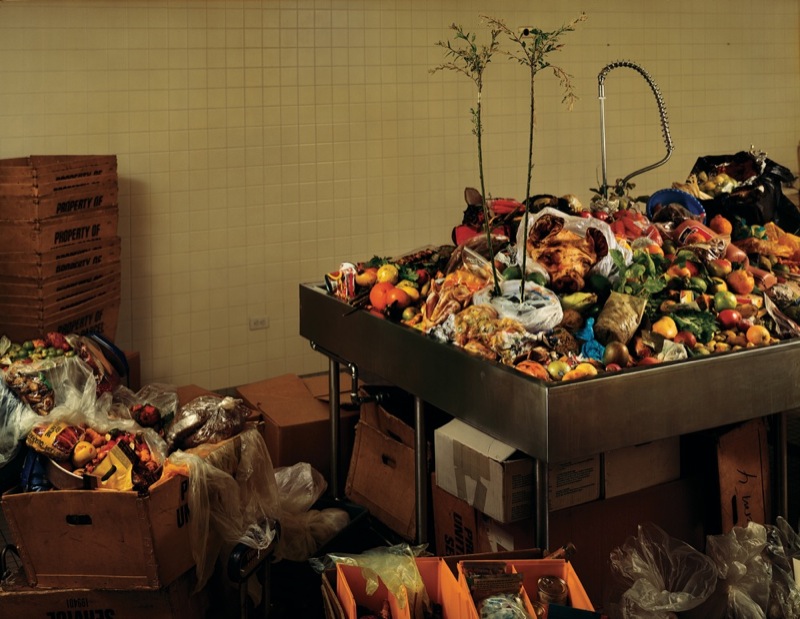Taryn Simon

Taryn Simon’s series of photographs, “An American Index of the Hidden and Unfamiliar,” confirmed her as one of the leading artists to understand our moment in history. These striking still lifes, first exhibited in 2007, portray the periphery of American power, and are marked with an eerie tone and haunting beauty. The 33-year-old New York native is drawn to places where government policy converges with post-apocalyptic anxiety-like a nuclear waste storage facility or the art collection in the lobby of CIA headquarters-yet her images are underlined by a formal elegance and a modern unease. Simon has taken portraits of political figures as well, and she recently photographed Barack Obama for The New York Times Magazine.
DAVID COGGINS: Your work is formally very powerful. What’s your relationship with formalism?
TARYN SIMON: I’m very particular about light, shape, geometry, and palette. I try to generate seductive images at sites that are rarely given that consideration and stage. At the same time, I’m committed to realism. It’s a schizophrenic approach. Neither is more important than the other, and the work fails if both aren’t fully alive.
DC: You always make your work into a book. How is that different from seeing it in a gallery?
TS: In exhibitions, the viewer initially engages with the work as an aesthetic object. It’s a site of multiple truths and fantasies. The photograph is transformed by the text and vice versa. At its best, the photo flies away, and the text is its unforgiving anchor. I’m interested in the space between the two.
The work is meant to be disorienting. It was produced during a disorienting time in my history as an American. There is an element of exploration-of discovering a new American landscape-politically, ethically, and religiously.Taryn Simon
DC: Can you describe your subjects? You jump from security to medicine to science.
TS: The work is meant to be disorienting. It was produced during a disorienting time in my history as an American. There is an element of exploration-of discovering a new American landscape-politically, ethically, and religiously. For the “Index,” I wanted to look inward at what was at the foundation of America’s mythology and daily functioning. I tried to see how far one citizen could get, confronting the divide between expert and public access and knowledge. My work is drawn to the political but avoids an agenda. There is no inherent critique or support.
DC: Your process involves a lot of intensive research-like an investigator’s.
TS: Selecting a subject requires a massive amount of research. There are piles of e-mails, phone calls, dead ends, and faxes behind every photograph. Eighty percent of the project rests in this phase.
DC: Sometimes a project will fall through?
TS: Yes. Disney denied me access to their underground facilities with a fax that was better than any photograph I could have ever produced. I love this part: “Especially during these violent times, I personally believe that the magical spell cast on guests who visit our theme parks is particularly important to protect, and helps to provide them with an important fantasy they can escape to.” This strange poem and its individual voice escaping a notoriously protective corporate empire perfectly defines the complexities that sustain facades.







